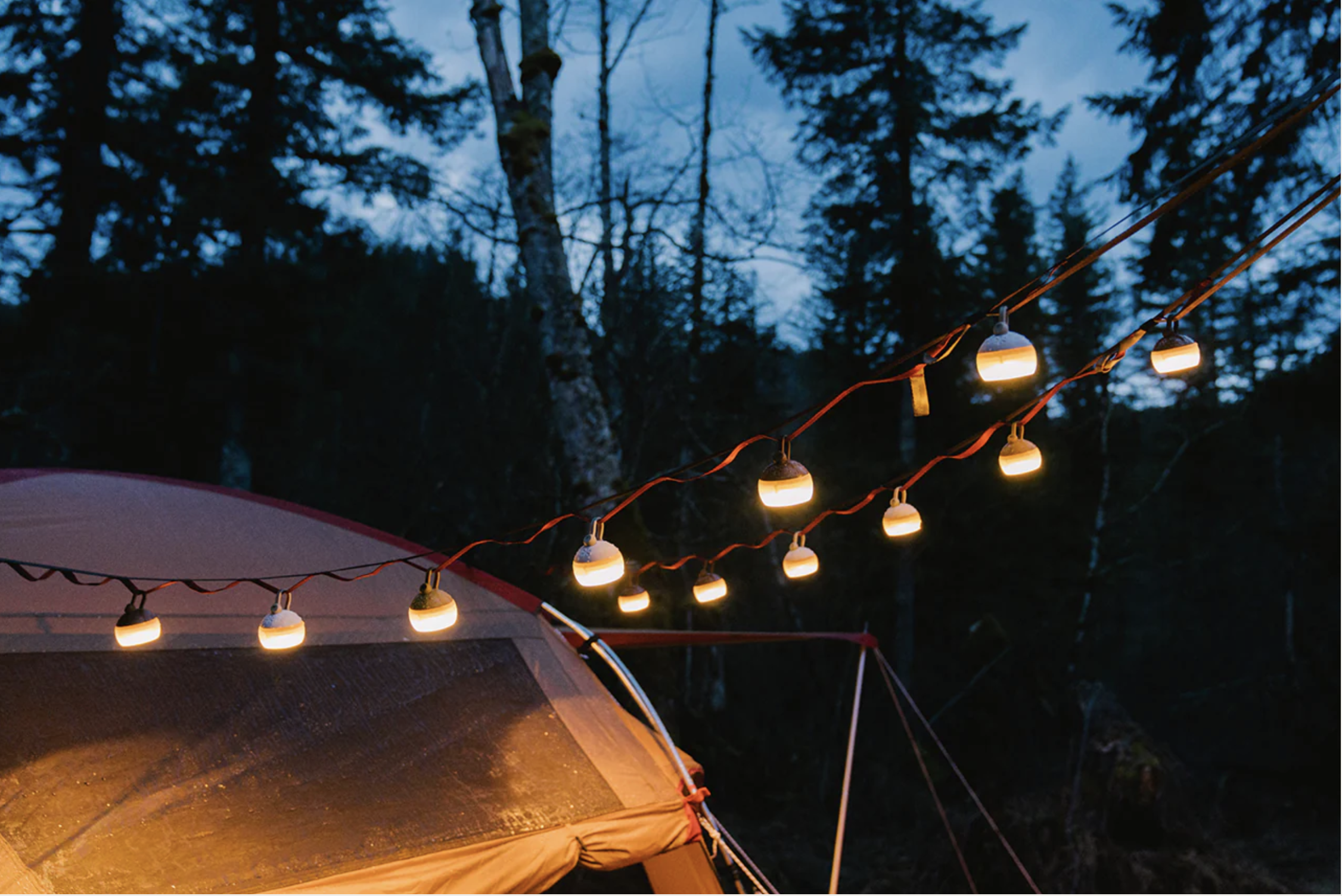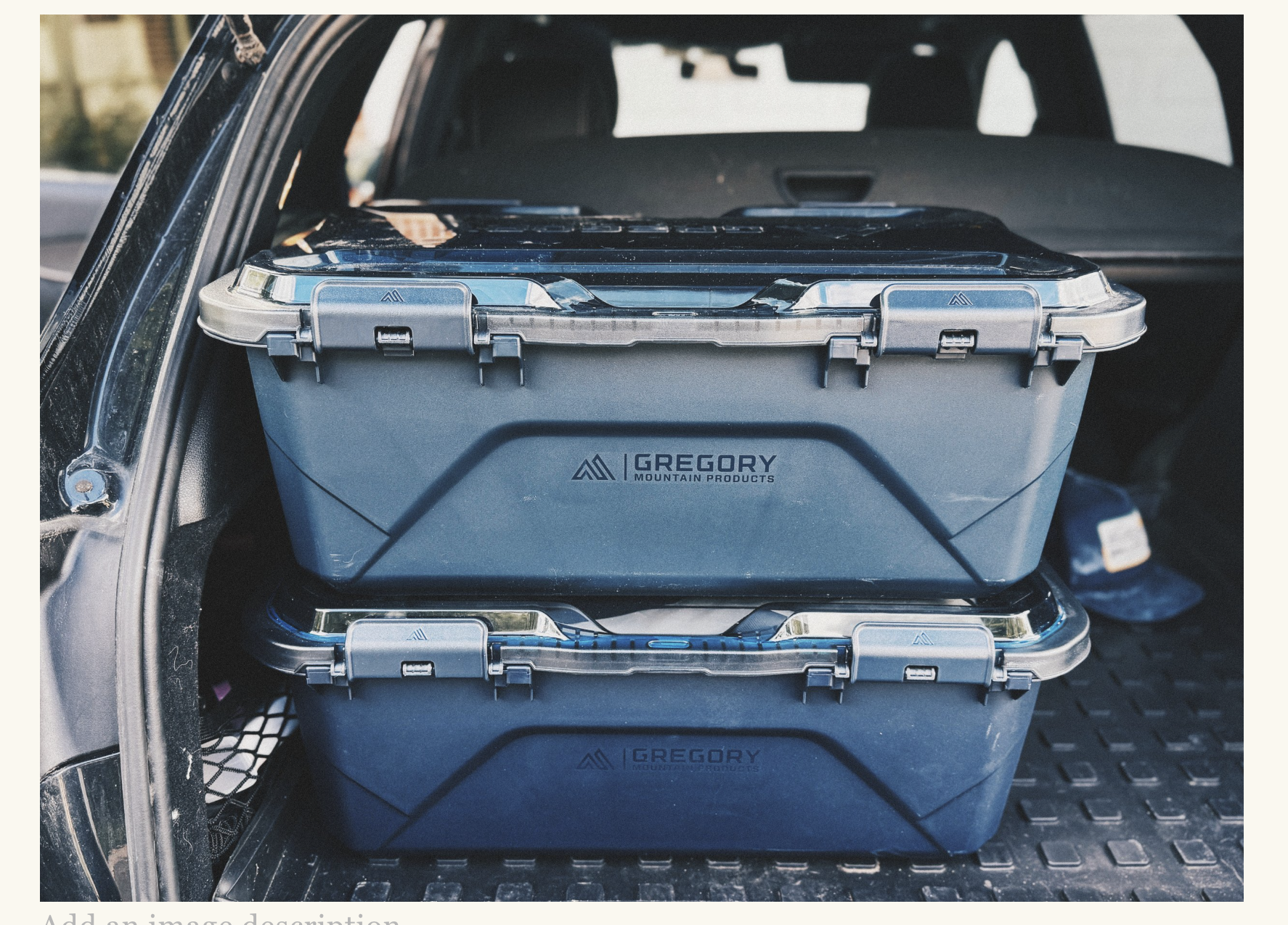My Tent Setup with Snow Peak: How I Use the Alpha Breeze & Amenity Dome Small
Overland Girl earns commissions on purchases made through links on this site. All reviews and recommendations reflect our personal experiences. Your support allows us to keep providing valuable content. Thank you!
Unzipping the Snow Peak Alpha Breeze tent bag
After a lot of nights outside, I’ve figured out a tent setup that’s simple, reliable, and easy to pack. I don’t overdo it, but I like having gear that works together—especially when the weather turns, or the trip runs longer than expected. This setup works whether I’m camping solo or with a few friends.
I switch between two tents depending on the trip. For longer stays where I want more space, I use the Snow Peak Alpha Breeze. For quick weekend trips, I go with the Amenity Dome Small in Ivory. Both are durable, weather-ready, and easy to pitch solo.
My Tent Setup
Snow Peak Alpha Breeze
My go-to for longer trips when I want more living space. Roomy, great ventilation, and built to handle unpredictable weather. It’s easy to set up alone but feels spacious enough to stretch out, bring in gear, or hang out in bad weather. I love the minimalistic design of all Snow Peak products—it’s still easy to set up and comfortable. I set up a table and my bed setup and still have plenty of room. I also love the front overhang (the vestibule awning that converts into a shaded canopy using the included poles)—where I set a chair for relaxing after a long mountain bike ride or having my morning coffee.
Snow Peak Amenity Dome Small
Snow Peak Alpha Breeze at camp, lit from inside at dusk
I bring this one on weekend trips when I don’t need as much space. It’s light, fast to pitch, and easy to fit in the back of the Jeep. It’s just enough room for me, my sleeping pad, and a duffel. This tent does come in three sizes—I needed the small for precisely what I mentioned above: weekend trips.
Shop Snow Peak Amenity Dome Small →
What Completes My Tent Setup
Hozuki lights strung from the tent to nearby trees using a daisy chain
These are the extras I always bring because they’re part of how I use and set up my tents—like the hammer I use to drive stakes or the lighting that clips right to the tent body.
Driving in tent stakes with the Snow Peak Copper Peg Hammer
Snow Peak Copper Peg Hammer:
I always bring this—it makes quick work of hard ground and gets stakes in without hassle.Lighting Outside:
I hang Rechargeable Mini Hozuki lights from a daisy chain that runs from the tent to a nearby tree. It adds a great ambiance and provides ample light throughout your space, perfect for cooking, organizing gear, or simply relaxing outside after dark.Lighting Inside:
I clip Rechargeable Mini Hozuki lights inside the tent—usually one at the top center and another near the door. It’s plenty of light to move around, read, or get settled at night without using a headlamp.
How I Pack My Tent Gear
Tent setup packed in the Gregory Alpaca Gear Box 45L—everything fits in one place
I pack all my tent gear into the Gregory Alpaca Gear Box 45L. It’s weather-resistant, holds its shape, and fits everything—tent, hammer, lights, and extras—all in one place. The lid has a FlipFlop dual-hinge design, so it can open from either side without coming off completely,
Two Gregory Alpaca Gear Box 45Ls stacked in the back of the Jeep
Shop Gregory Alpaca Gear Box 45L →
What’s Made a Difference Over Time
Simplifying my setup – I used to pack too much: extra tarps, backup poles, and gear I didn’t end up using. Now, it’s streamlined and quicker to load in and set up.
Pitching solo – Being able to set up camp alone matters more than I thought it would. Both tents are easy to handle without assistance, even in windy conditions or fading light.
Using a structured gearbox – Switching to the Gregory Alpaca Gear Box made setup and breakdown smoother, especially when it’s cold, raining, or late in the day.
Final Thoughts
Setting up a tent takes time, but once it’s locked in, everything else about camping becomes easier. I don’t bring extra gear to have it—I stick to what I know works, especially when setting up solo or packing quickly after a long day. These two tents cover everything I need between weekend trips and more extended stays, and they’ve held up well in all kinds of weather.
If you're looking to simplify your system or want solid gear that works together, I’ve linked what I use on my Shop My Camp Kit page. Everything there is gear I use.
Quick Recap: My Tent Setup
Snow Peak Alpha Breeze – Spacious, reliable, ideal for longer trips
Snow Peak Amenity Dome Small – Compact, quick to pitch, perfect for weekends
Snow Peak Copper Peg Hammer – Worth the weight, especially for hard ground
Rechargeable Mini Hozuki Lights – I use these inside and out, clipped or strung on a daisy chain with the tent
Daisy Chain – Used to hang lighting outside the tent, stretched from the tent to a nearby tree
Gregory Alpaca Gear Box 45L – My go-to for packing tent gear—structured, weather-resistant, and easy to load in the back of the Jeep
Check out more Overland Girl blogs in this series:
Why the Snow Peak Mini Hozuki Is Always in My Camp Kit
3 Campsite Lighting Setups I Use
How I Store My Camping Gear: Gregory Bins, Snow Peak Bags & More






